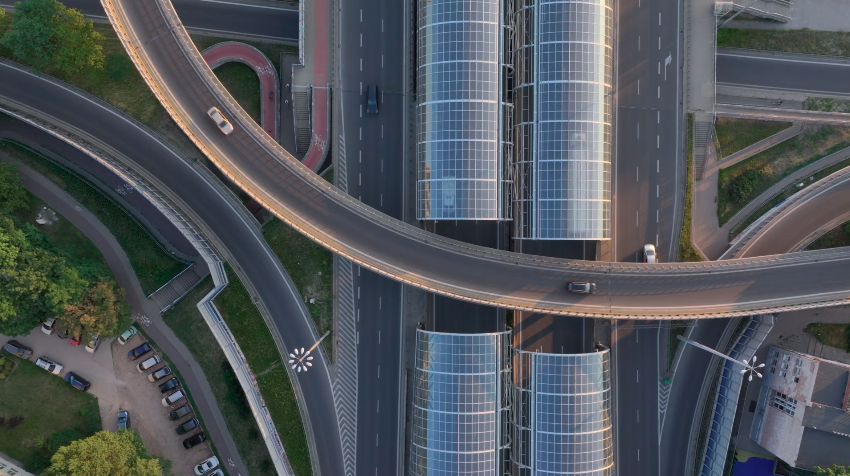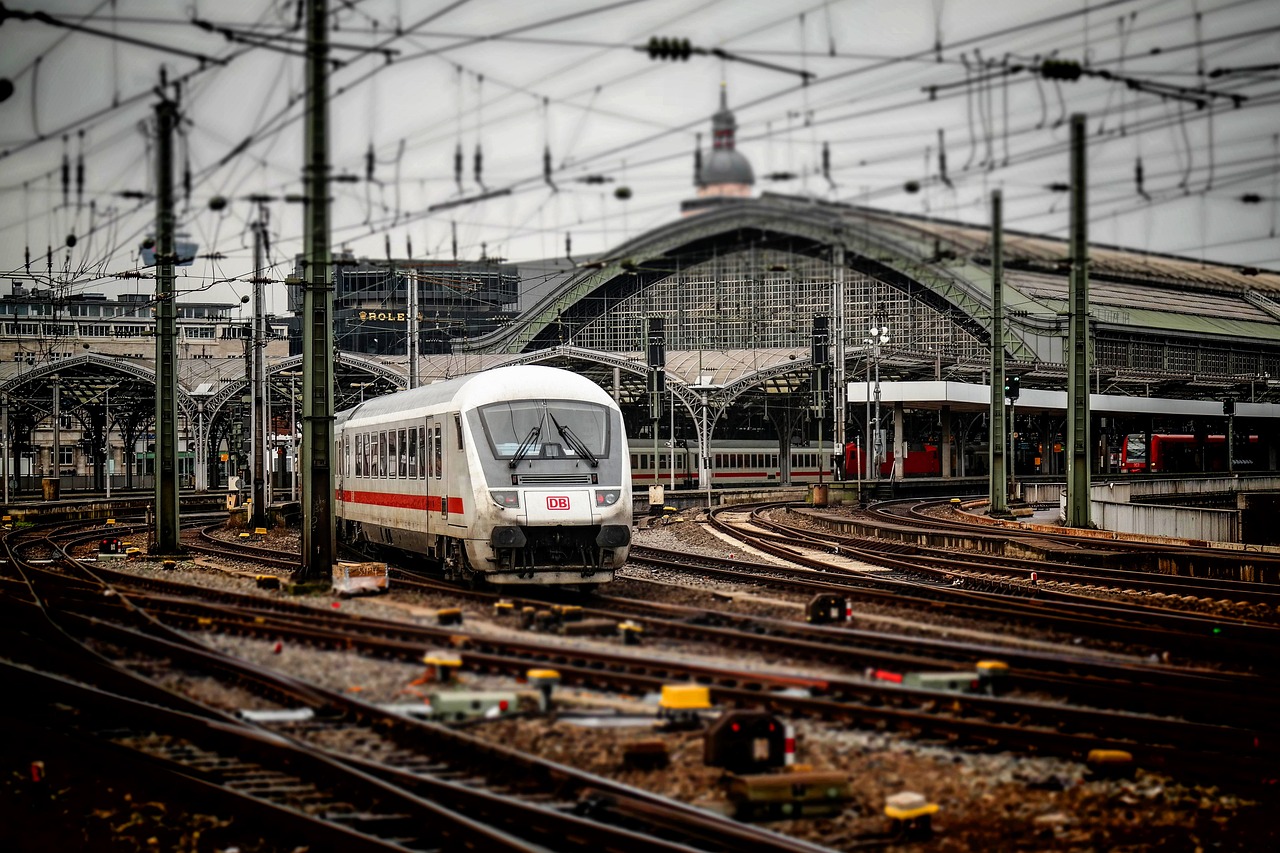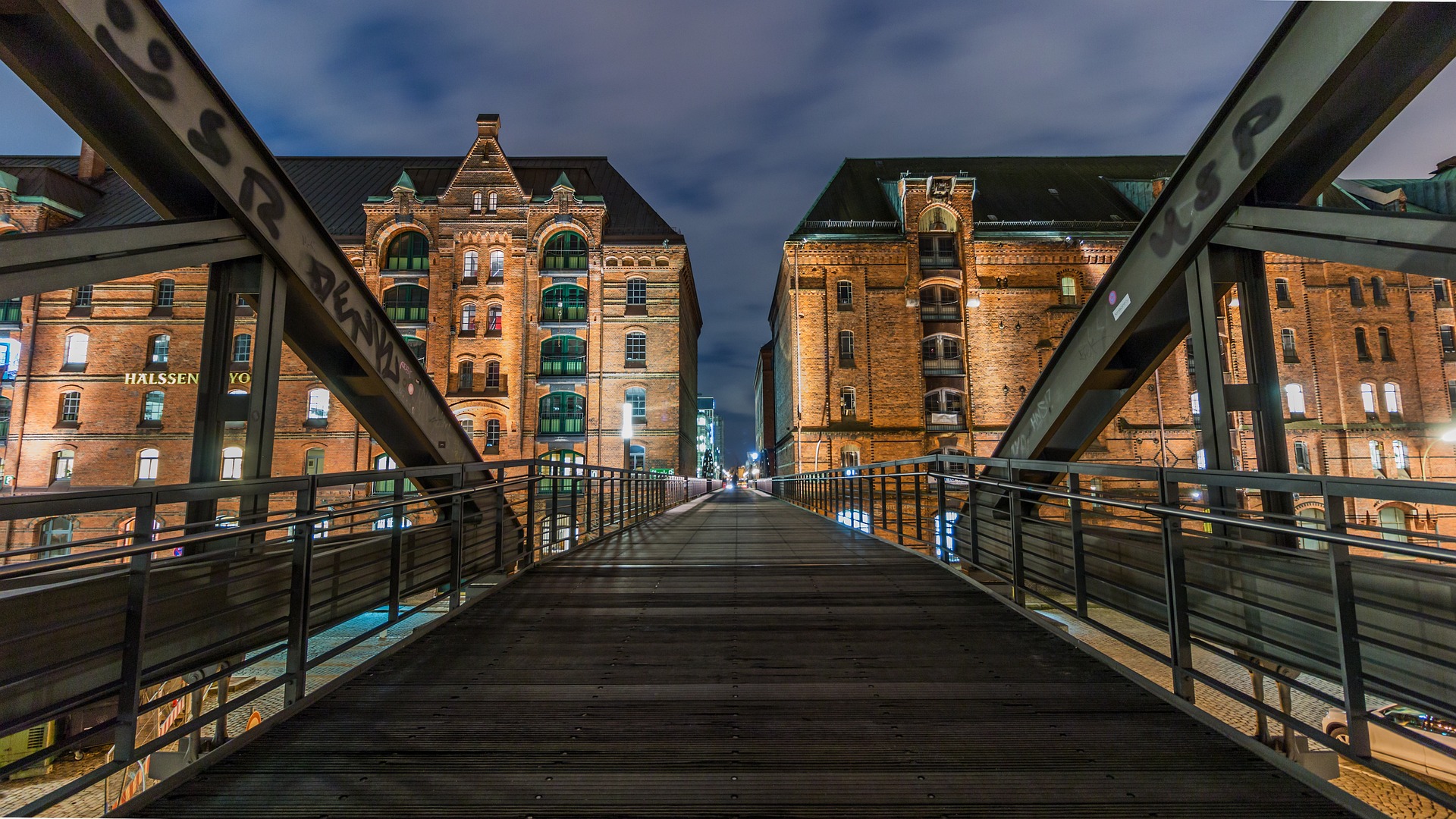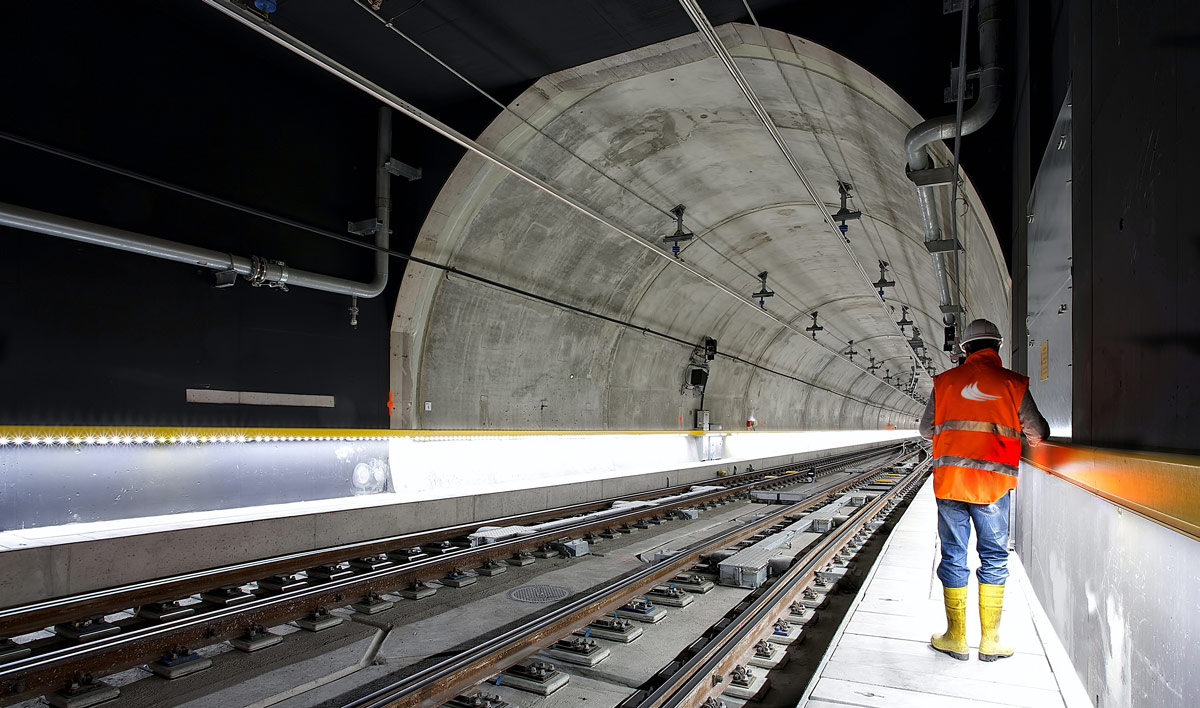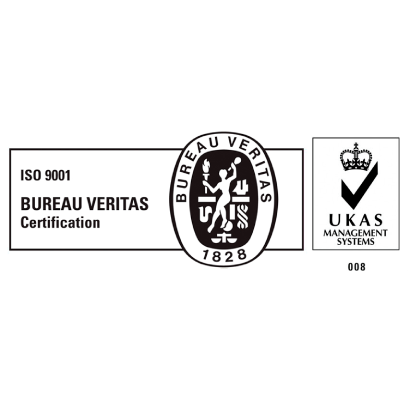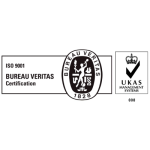Wildlife crossings
Wildlife Crossings for Roads
Wooden wildlife crossings represent an innovative and environmentally friendly solution to facilitate the safe crossing of wild animals on roads. These structures, built with treated wood and other sustainable materials, are designed to mimic natural habitats and provide animals with a safe route that minimizes the risk of accidents and habitat fragmentation.
These wildlife crossings are strategically planned in places where natural animal corridors have been identified, such as migratory or breeding areas, and are built with specific dimensions and characteristics to adapt to the needs of local species. For example, they may include native vegetation, vegetative covers, and structures that imitate rivers or streams to attract animals to the passage.
The wood used in the construction of these steps is not only a renewable and sustainable material, but also offers additional benefits. Its texture and natural temperature help animals feel more comfortable when crossing, while its ability to absorb vibrations and noise reduces the stress and anxiety they may experience in the presence of vehicular or rail traffic.
In addition to promoting wildlife safety, wooden crossings also contribute to the conservation of biodiversity by facilitating the mobility of animal populations and preventing the fragmentation of their habitats. By allowing species to move freely between feeding, breeding, and refuge areas, these steps help maintain genetic diversity and the health of local ecosystems.
In summary, wooden wildlife crossings are an effective and environmentally friendly solution to mitigate the negative impacts of human infrastructure on wildlife. Their careful design and construction with sustainable materials make them valuable tools for conserving biodiversity and promoting harmonious coexistence between humans and animals in our shared environment.
Wildlife Crossings for Roads
Wooden wildlife crossings represent an innovative and environmentally friendly solution to facilitate the safe crossing of wild animals on roads. These structures, built with treated wood and other sustainable materials, are designed to mimic natural habitats and provide animals with a safe route that minimizes the risk of accidents and habitat fragmentation.
These wildlife crossings are strategically planned in places where natural animal corridors have been identified, such as migratory or breeding areas, and are built with specific dimensions and characteristics to adapt to the needs of local species. For example, they may include native vegetation, vegetative covers, and structures that imitate rivers or streams to attract animals to the passage.
The wood used in the construction of these steps is not only a renewable and sustainable material, but also offers additional benefits. Its texture and natural temperature help animals feel more comfortable when crossing, while its ability to absorb vibrations and noise reduces the stress and anxiety they may experience in the presence of vehicular or rail traffic.
In addition to promoting wildlife safety, wooden crossings also contribute to the conservation of biodiversity by facilitating the mobility of animal populations and preventing the fragmentation of their habitats. By allowing species to move freely between feeding, breeding, and refuge areas, these steps help maintain genetic diversity and the health of local ecosystems.
In summary, wooden wildlife crossings are an effective and environmentally friendly solution to mitigate the negative impacts of human infrastructure on wildlife. Their careful design and construction with sustainable materials make them valuable tools for conserving biodiversity and promoting harmonious coexistence between humans and animals in our shared environment.
Wildlife Crossings for Roads
Wooden wildlife crossings represent an innovative and environmentally friendly solution to facilitate the safe crossing of wild animals on roads. These structures, built with treated wood and other sustainable materials, are designed to mimic natural habitats and provide animals with a safe route that minimizes the risk of accidents and habitat fragmentation.
These wildlife crossings are strategically planned in places where natural animal corridors have been identified, such as migratory or breeding areas, and are built with specific dimensions and characteristics to adapt to the needs of local species. For example, they may include native vegetation, vegetative covers, and structures that imitate rivers or streams to attract animals to the passage.
The wood used in the construction of these steps is not only a renewable and sustainable material, but also offers additional benefits. Its texture and natural temperature help animals feel more comfortable when crossing, while its ability to absorb vibrations and noise reduces the stress and anxiety they may experience in the presence of vehicular or rail traffic.
In addition to promoting wildlife safety, wooden crossings also contribute to the conservation of biodiversity by facilitating the mobility of animal populations and preventing the fragmentation of their habitats. By allowing species to move freely between feeding, breeding, and refuge areas, these steps help maintain genetic diversity and the health of local ecosystems.
In summary, wooden wildlife crossings are an effective and environmentally friendly solution to mitigate the negative impacts of human infrastructure on wildlife. Their careful design and construction with sustainable materials make them valuable tools for conserving biodiversity and promoting harmonious coexistence between humans and animals in our shared environment.



